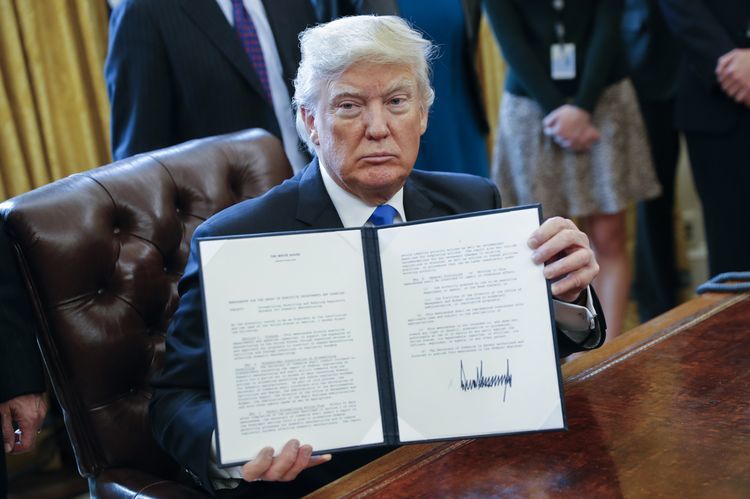
Oil rebounded from its worst loss since 1991 on speculation that potential U.S. tax cuts may shield the market against the coronavirus and a price feud between major producers.
Futures climbed 10% in New York, advancing in tandem with equities after President Donald Trump said his administration will discuss a possible payroll tax cut with Congress. Prices mostly ignored an escalating clash between Saudi Arabia and Russia, which announced substantial production increases after their pact to manage supplies dissolved acrimoniously last week.
“Today it’s the potential for U.S. stimulus,” said Ole Sloth Hansen, head of commodities strategy at Saxo Bank A/S in Copenhagen. “Bear market recoveries can be very aggressive,” though the gains could just as easily dissipate.
Saudi Aramco said it will provide customers with an unprecedented 12.3 million barrels a day in April, exceeding the kingdom’s maximum sustainable rate of production, after slashing its official crude prices over the weekend. Russia’s largest producer said it will ramp up output next month, though Energy Minister Alexander Novak repeated that further cooperation with OPEC remains possible.
Prices lost about a quarter of their value on Monday, the steepest declines since the 1991 Gulf War, after Riyadh and Moscow failed to agree on limiting supplies to counter the hit to demand from the coronavirus. They instead chose to compete for market share, opening the taps even as the virus wipes out all of this year’s demand growth.
“Welcome to the free market,” said Bob McNally, president of Rapidan Energy Group and a former U.S. National Security Council staffer. “The world is about to learn very swiftly how important a swing producer is for stability, not only for the global oil market but the broader economy and geopolitics.”
West Texas Intermediate crude for April delivery rose 10% to $34.23 a barrel on the New York Mercantile Exchange at 11:43 a.m. London time. It lost more than $10 a barrel on Monday to end at $31.13, the lowest since early 2016.
Brent for May settlement also advanced 10%, trading at $37.81 a barrel on the London-based ICE Futures Europe exchange, after plummeting 24% on Monday.
The unprecedented supply-demand shock poses a serious threat to the U.S. shale boom and oil-dependent economies in the Middle East, Africa and elsewhere. It swept through global markets on Monday, with stocks plunging, Treasury yields dropping to records and credit markets buckling.
International Energy Agency Executive Director Fatih Birol warned that “playing Russian roulette in oil markets may well have grave consequences.”
Big banks including Citigroup Inc., Societe Generale SA and Goldman Sachs Group Inc. are warning oil prices could fall further. The IEA said Monday that demand is now expected to contract this year by 90,000 barrels a day and, in a rare move, included a more pessimistic scenario in which the demand loss would be many times more severe. In the U.S., the Energy Information Administration said it would delay the release of its monthly Short-Term Energy Outlook to allow time to “incorporate recent global oil-market events.”
The turmoil also reverberated across time-spreads and options. Brent for prompt delivery collapsed against later shipments. The structure, known as contango, is a sign of bearishness and oversupply and makes it profitable for physical traders to buy crude and put it into storage.
Recommended for you
